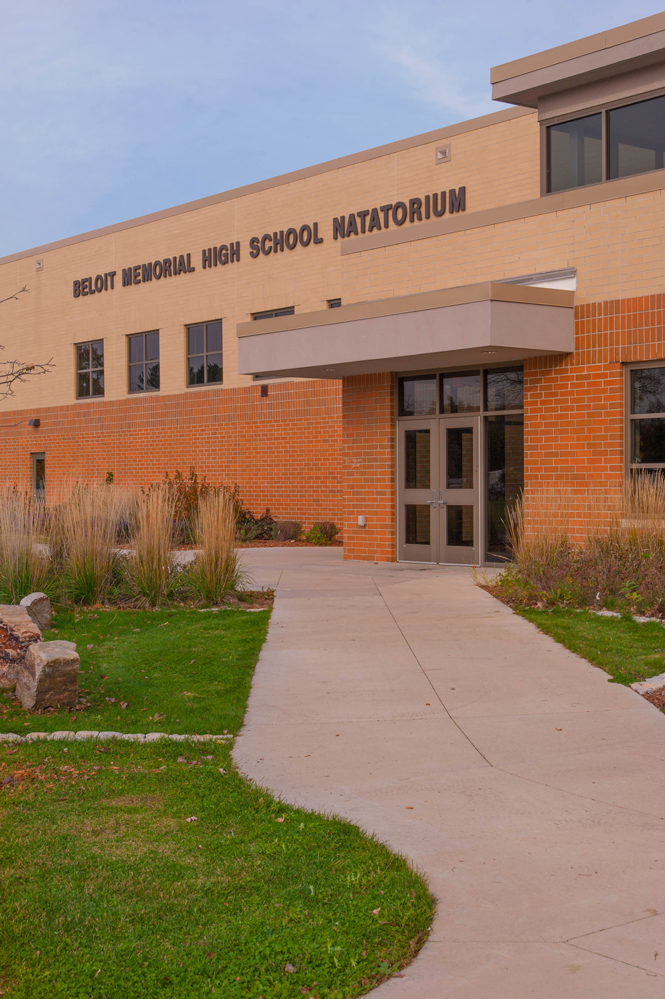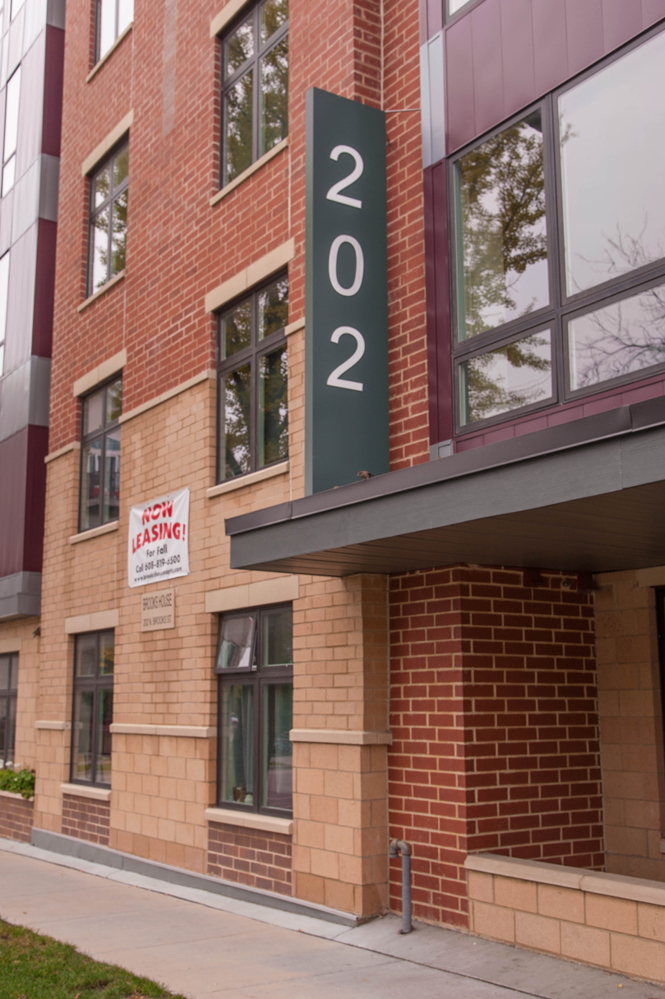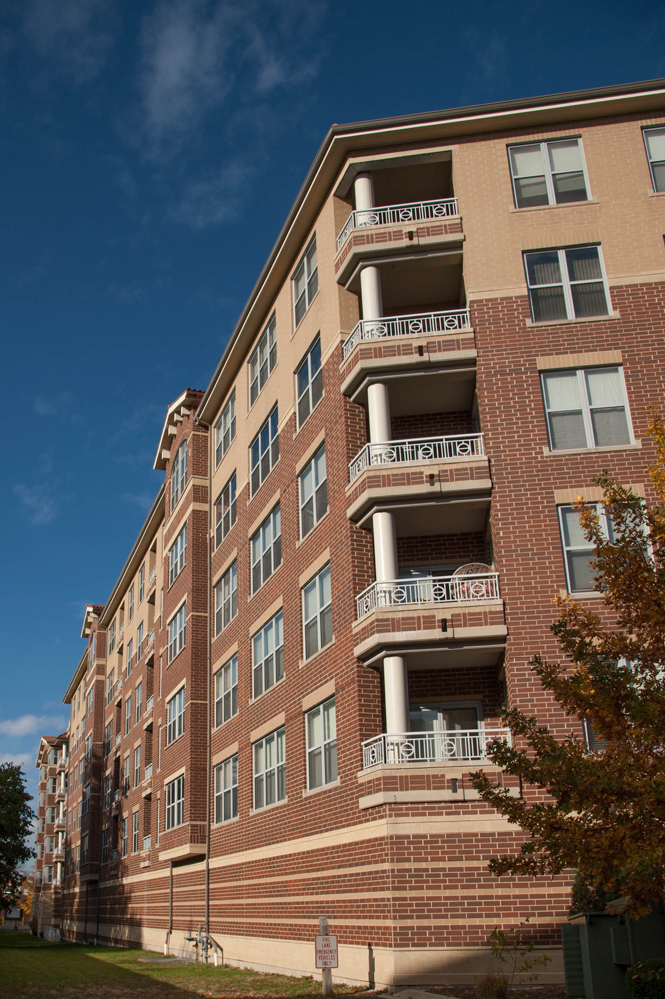TOTAL PRECAST CONCRETE STRUCTURES SERIES - ARTICLE 4
Structural engineers report no difficulty in learning to design with total precast concrete systems. They also benefit from the material’s ease of use and efficiency.
Lateral design flexibility: Combining architecture and structure provides efficiencies in many buildings’ lateral support systems. External elements, typically cladding-on-steel or concrete-framing systems, can become laterally stiff and resist wind and earthquake forces. Parallel efforts by the precast engineer can provide the structural engineer with specific input ahead of final construction document preparation, limiting shop-drawing review effort and redesign.
All-in-one components: Total precast concrete systems allow the architectural panels to serve structural functions, limiting the need to incorporate multiple materials and trades. For instance, spandrel panels support floor systems and windows while providing final exterior finishes. Or sill panels are used as grade beams, retain soil, support windows and provide the architectural exterior finish, avoiding complex cladding systems. Combining exterior spandrels into the structural system provides deeper elements, limiting deflections and the complexities of designing for relative movements between frame and cladding system. Precast cores support floor systems while providing secure and fire rated enclosures for elevators and stair functions.
Comprehensive drawing: A total precast concrete system ensures one-stop shopping for the core/shell design. One source can design and supply the entire system, generating a better coordinated set of drawings that allows construction to proceed more efficiently. It eliminates the added effort needed to coordinate various trades when using mixed systems controlled by different supplies.
Easy handling: Site construction moves smoothly because no special equipment or techniques are required to transport or lift combined structural and architectural components. These types of activities often can require additional structural review and exposure.
Concrete systems mean success. The benefits offered by total precast concrete systems accrue to the owner, architect, general contractor and structural engineer’s bottom lines – and ultimately benefit the end user. The system provides an efficient design, cost effectiveness and a strong, durable appearance that will maintain its image throughout a long service life.
Key Benefits:
Speed to market
Design flexibility
Aesthetic versatility
High quality
Low maintenance
Environmentally friendly
Strong engineering support
Single-source supplier
- Information courtesy of PCI.



